Community solar has expanded access to clean energy to many in the United States, bucking the traditional centralized power plant model for one that brings energy generation closer to the point of demand. In three short years, the Biden Administration targets 5 million US households to be served by community solar, leading to an estimated $1 billion in utility bill savings.
Community solar projects are distribution-level (i.e., not direct-connected to high voltage, interstate transmission) solar facilities that typically range between half a megawatt to 10MW. Through a subscription-based model, community solar connects renters, homeowners, and businesses without a viable roof for solar to a source of local energy.
Recently, New York State surpassed 1GW of total community solar capacity, edging out Minnesota as the top state for development. Remarking on the milestone, New York Governor Kathy Hochul said, “Reaching this nation-leading milestone – with more than one gigawatt of community solar installed – is a testament to New York’s aggressive pursuit of clean-energy alternatives that will supercharge our economy and bring us one step closer to a carbon-neutral future.”
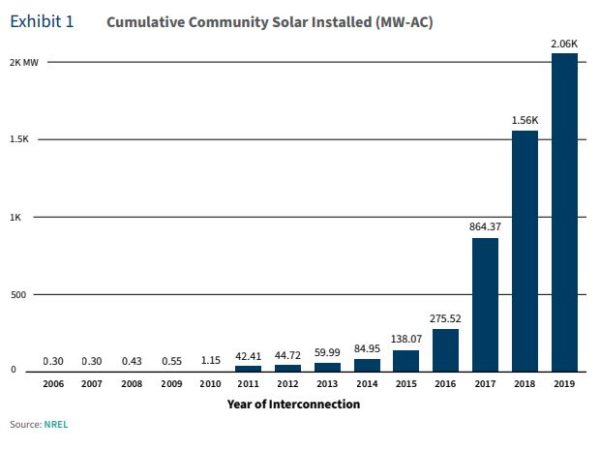
This distributed model of energy has been studied to have numerous benefits in lowering transmission costs and efficiency losses, improves security, climate resiliency, and brings financial benefits closer to community stakeholders. With the rapid deployment outlook for community solar comes the opportunity to build it in a way that really emphasizes the “community” aspect. A concept, called “community solar+”, was introduced in a report by Rocky Mountain Institute.
The report outlines four core values to the next-gen community solar+:

The report also recommends the buildout of solar PV parking canopies, pointing to the benefits of reducing urban heat island effects and providing weather protection.
RMI recommends that these projects leverage underutilized sites such as arenas, airports, hospitals and health centers, schools, malls, parking facilities, landfills, or multifamily housing. By accessing a larger customer base, these projects can be built larger than a typical rooftop solar project, and thus benefit from economies of scale.
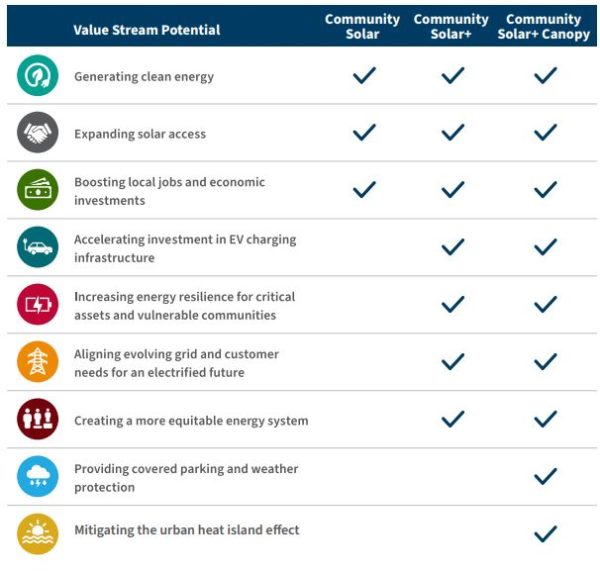
The report outlines that EV charging buildout could be accelerated by pairing with community solar, mostly due to the reduction of soft costs. Hard costs have come down dramatically for EV charging in the US, but today, soft costs, like permitting, easements, and utility interconnection, are three to five times greater in the US than in Europe. By building EV charging concurrently with solar interconnection, redundancies are cut, and the process becomes more streamlined and cost effective. PV and EV charging can also benefit each other by sharing project “make ready” costs.
Between 2010 and 2019, the US has experienced 119 disaster events that have caused more than $1 billion in costs each event. With climate-related disasters on a steady rise, resilience in extreme weather events should be a priority in the buildout of new energy infrastructure. Solar projects at critical facilities with energy storage and microgrid capabilities can provide essential services like air conditioning, heating, basic health care, or cell phone charging, said RMI.
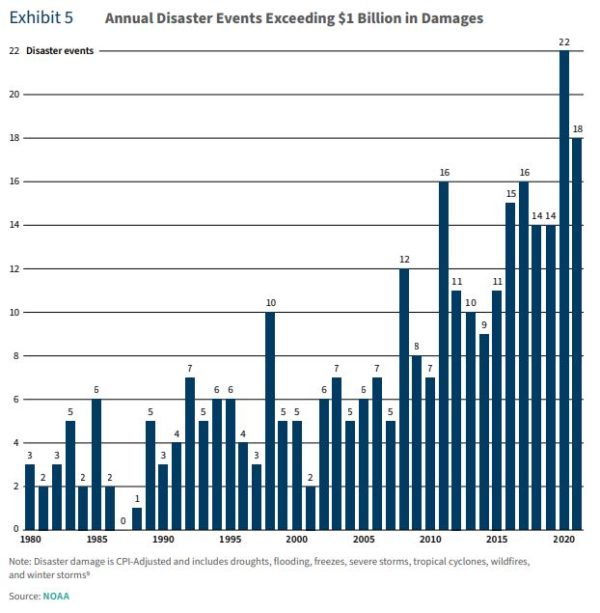
Building distributed community solar has massive cost benefits, too. A study by Vibrant Clean Energy found that optimizing distribution planning could reduce the cost of a clean energy future by $500 billion relative to a more centralized deployment of renewables in the grid. RMI said additional electrification of transportation, heating and cooling, and more is expected to increase total electricity demand in Texas and Massachusetts, as an example, by a respective 30% and 50% by 2050 compared with the baseline. The transmission infrastructure needed to support this is massive, and it can be difficult to flexibly plan around these changes. Distributed energy resources can be managed more flexibly than centralized power, better responding to the needs of an evolving community.
Community solar is also seen as a way to bring more equity to our energy system. More than 70% of community solar projects offer financing for people with low credit scores, immediate and direct bill savings, community education, and little or no up-front investment requirements. RMI’s equity model for community solar+ involves the buildout of community “energy hubs” that would provide support under climate events.
The full report can be downloaded from RMI for free here.
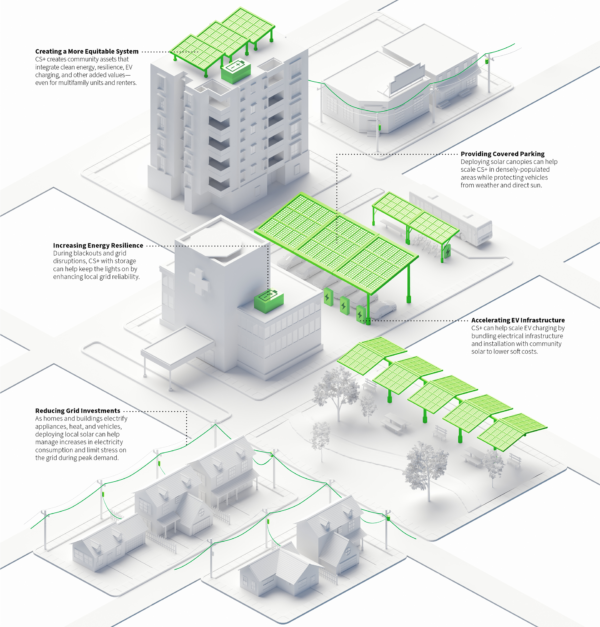
Image: RMI
This content is protected by copyright and may not be reused. If you want to cooperate with us and would like to reuse some of our content, please contact: editors@pv-magazine.com.
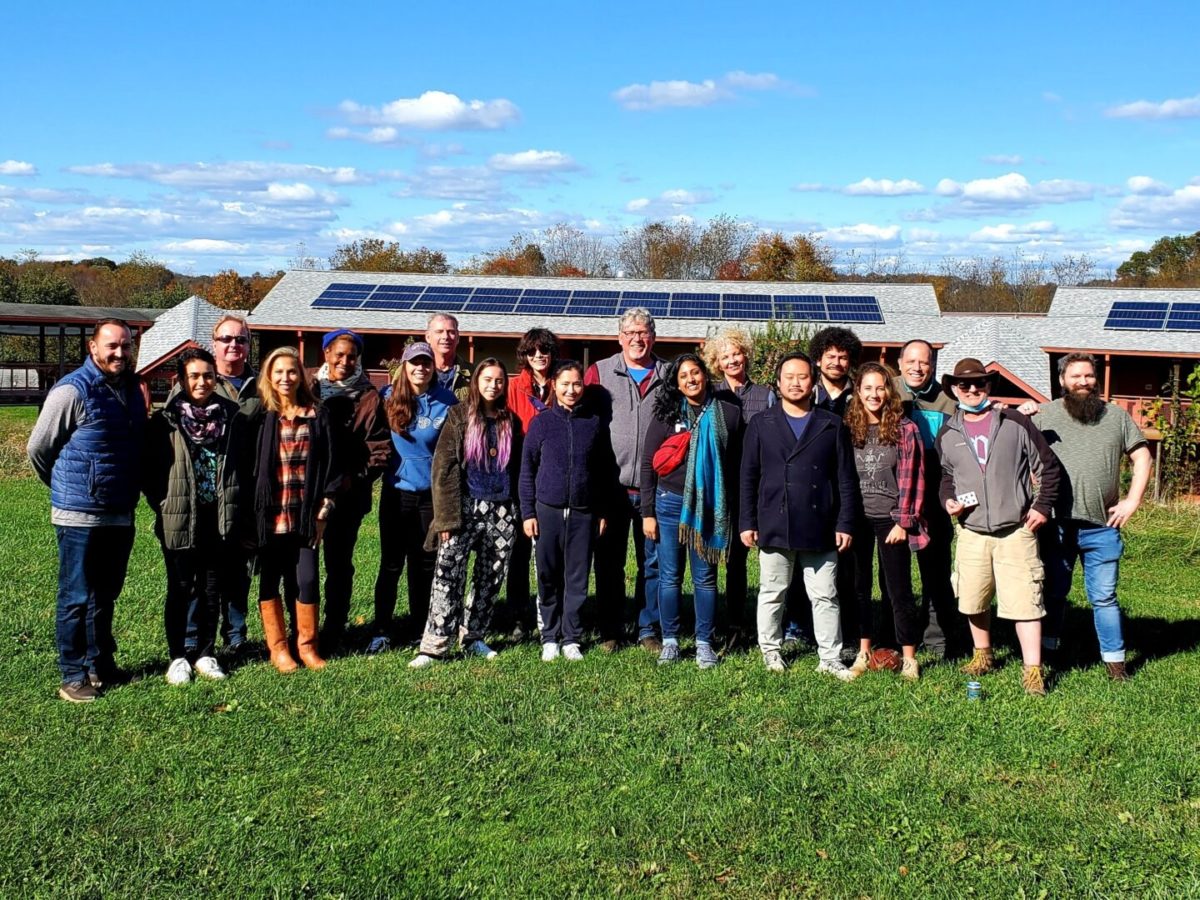








By submitting this form you agree to pv magazine using your data for the purposes of publishing your comment.
Your personal data will only be disclosed or otherwise transmitted to third parties for the purposes of spam filtering or if this is necessary for technical maintenance of the website. Any other transfer to third parties will not take place unless this is justified on the basis of applicable data protection regulations or if pv magazine is legally obliged to do so.
You may revoke this consent at any time with effect for the future, in which case your personal data will be deleted immediately. Otherwise, your data will be deleted if pv magazine has processed your request or the purpose of data storage is fulfilled.
Further information on data privacy can be found in our Data Protection Policy.